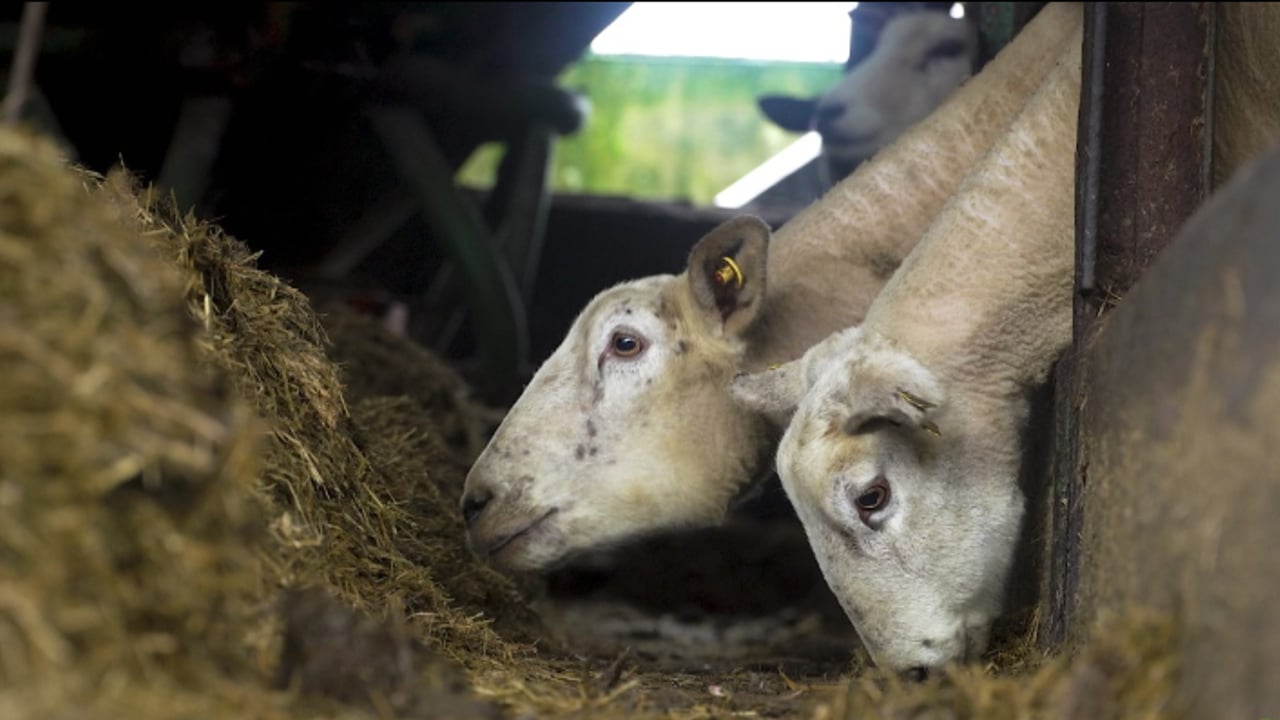Video: The ins and outs of scanning ewes
A couple of weeks ago, AgriLand paid a visit to the farm of Hugh McDonald in Ballinlough, Co. Meath.
On the day of the visit, he was in the process of setting up his yard to scan his flock of 220 ewes.
Kieran McGee of Farm Relief Services (FRS) – who is a bovine/ovine ultrasound technician – was tasked with carrying out this job.
The process of scanning a ewe takes just 10 seconds and offers farmers a number of benefits in the run up to the lambing season.
In order to get accurate results, it is best to starve ewes 10 hours prior to scanning. This will enable the technician to accurately predict the number of lambs a ewe is carrying.
Scanning at 80 days will ensure that the scanner can pick up all of the ewes that are in-lamb.
However, scanning ewes that are greater than 90 days in-lamb will make it more difficult for the scanner to identify how many lambs the ewe is carrying.
Benefits Of Scanning
There are many benefits to scanning ewes that farmers should take advantage of. Furthermore, after a difficult year in terms of sheep prices, farmers should be looking at ways of reducing costs, and scanning offers them this chance.





